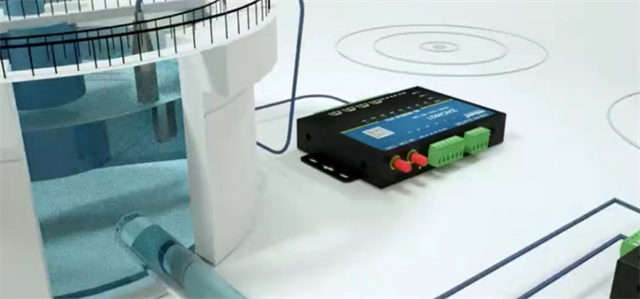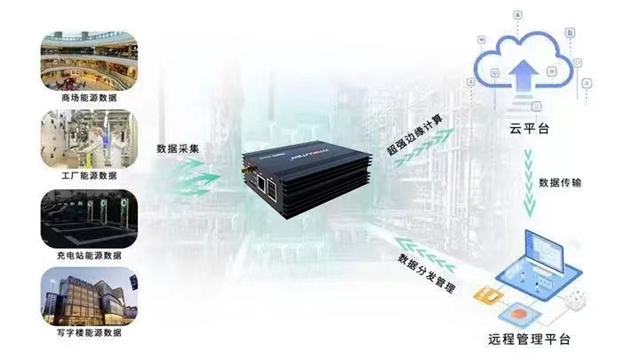AI edge computing boxes and servers are both devices used for data processing and computing, but there are obvious differences between them. In this article, we will compare them in detail to help readers better understand their features and uses.

1. From the appearance, AI edge computing boxes are usually smaller and more portable than servers. This makes them more convenient to be deployed in various scenarios, such as smart homes, smart factories, smart healthcare, etc. Servers are usually larger in size and need to be fixed in a computer room or data center for large-scale data storage and processing.
2. From a functional perspective, the AI edge computing box pays more attention to supporting edge computing. They are usually equipped with specialized AI chips and algorithm models that enable faster intelligent calculations and decision-making. Servers are more used for data center-level computing, processing large-scale data and applications.
3. In terms of performance and power consumption, AI edge computing boxes usually have a higher performance-to-power ratio. This means that they can achieve higher computing performance with smaller power consumption and are suitable for scenarios that require energy consumption. Servers usually have greater computing power and storage capacity, but are also accompanied by higher power consumption.

4. For operation and maintenance, AI edge computing boxes pay more attention to automation and simplicity. They usually have rich monitoring and management functions built-in, allowing remote monitoring and maintenance. The server requires a more professional operation and maintenance team to manage and maintain, which usually requires more manpower and material costs.
In general, there are obvious differences between AI edge computing boxes and servers in terms of appearance, functions, performance, power consumption, operation and maintenance, etc. In actual applications, users need to choose appropriate equipment based on specific scenarios and needs. I hope this article can help readers better understand these two devices and provide a reference for their selection in practical applications.